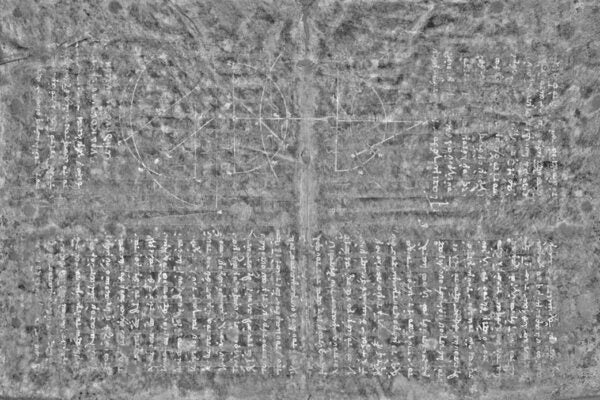These past few weeks have been chock-full of discussion and debate over public health concerns related to contagion, travel, and quarantine. While unsettling, these concerns are not unprecedented—a 2007 incident involving tuberculosis and a young lawyer named Andrew Speaker offers striking parallels.
After a chest x-ray for an unrelated issue suggested a potential lung abnormality, local public health officials in Fulton County, GA, ordered Speaker to undergo further tests for tuberculosis and cautioned him against travel. Accounts of what happened next are conflicting. While waiting on the results of these tests, however, Speaker boarded a commercial flight to Paris, leaving town a few days earlier than planned, for a 12-day international trip that was scheduled to include his wedding in Greece and honeymoon in Italy. Soon after his departure, the health officials determined that he was actually infected with an extremely dangerous form of drug-resistant tuberculosis. When they discovered that he had left the country, they sounded an international public health alarm, invoking a number of measures, including no-fly lists and border alerts, none of which succeeded in forcefully halting his travel nor compelling him to end his trip early. When he finally returned to the United States, he became the first person to be “involuntarily isolated” by Federal order since 1963.
Interestingly enough, Speaker would be confined and treated at the National Jewish Medical and Research Center in Denver, CO. Now one of the premier tuberculosis research facilities in the world, the Center was originally founded in 1899 as the National Jewish Hospital for Consumptives. It was a originally an “open-air” sanitarium, a residential facility that treated TB patients with lots of fresh air—at night, patients would sleep on outdoor balconies—and plentiful food and rest. As research into drug treatments progressed during the 1930’s and 1940’s, doctors at National Jewish were some of the first to conduct studies with a drug called isoniazid (more on isoniazid a bit later). The institution was also one of the first to receive Federal funding for tuberculosis research, thanks to the Public Health Service Act, signed by FDR in 1946. In more recent years, they’ve revolutionized thinking on immunological and genetic components of tuberculosis and expanded their scope to other pulmonary diseases and disorders, all while continuing to provide comprehensive clinical care to TB patients, like Andrew Speaker.
After even further testing at National Jewish, doctors discovered that Speaker’s tuberculosis was not the most extremely resistant strain, as previously thought. Even so, his travels proved quite upsetting to the potentially exposed public, and some seatmates filed lawsuits against him. Many wondered why he would ignore medical advice and why he couldn’t be detained after the fact. How could everything have gone so wrong? While lapses in judgement may have occurred on multiple fronts, it doesn’t help that tuberculosis is a tricky disease to diagnose and treat.
A skin test can indicate exposure to TB or latent infection, but when Speaker received his initial diagnosis in 2007, the most common way to test for active disease was by bronchoscopy—inserting an instrument through the windpipe, into the lower regions of the lungs, to collect a sample of the mucus found there. Culturing the sample takes weeks, however, at which point clinical staff must examine it under a microscope in order to make a diagnosis. Establishing whether the strain of TB is resistant to antibiotics requires even further testing. It actually wasn’t until 2009 that the World Health Organization endorsed a new method, DNA amplification, as an effective way to detect TB in a matter of days and gauge resistance to some common drugs at the same time.
Even better, in September of this year a team of scientists developed a diagnostic technique that takes only 10 minutes and also identifies antibiotic vulnerability. It turns out that the previously mentioned isoniazid is activated by an enzyme only found within TB, so when it’s inhaled by someone infected with tuberculosis, it releases a unique gas signature which can be detected as they exhale. This technique shows great promise, especially for diagnosis in infants and children, or anyone for whom bronchoscopy is difficult.
While these diagnostic advances didn’t come about in time to prevent the international public health scandal that surrounded Andrew Speaker, they raise hope that we can tackle the true international public health crisis that tuberculosis represents. The 2014 World Health Organization Global Tuberculosis Report states that last year, approximately 9 million people had the disease, and 1.5 million died of it, making it one of the most deadly communicable illnesses in the world. And deaths are largely due to lack of awareness that people have the disease. So even though we’ve come far, there is clearly more to be done.







